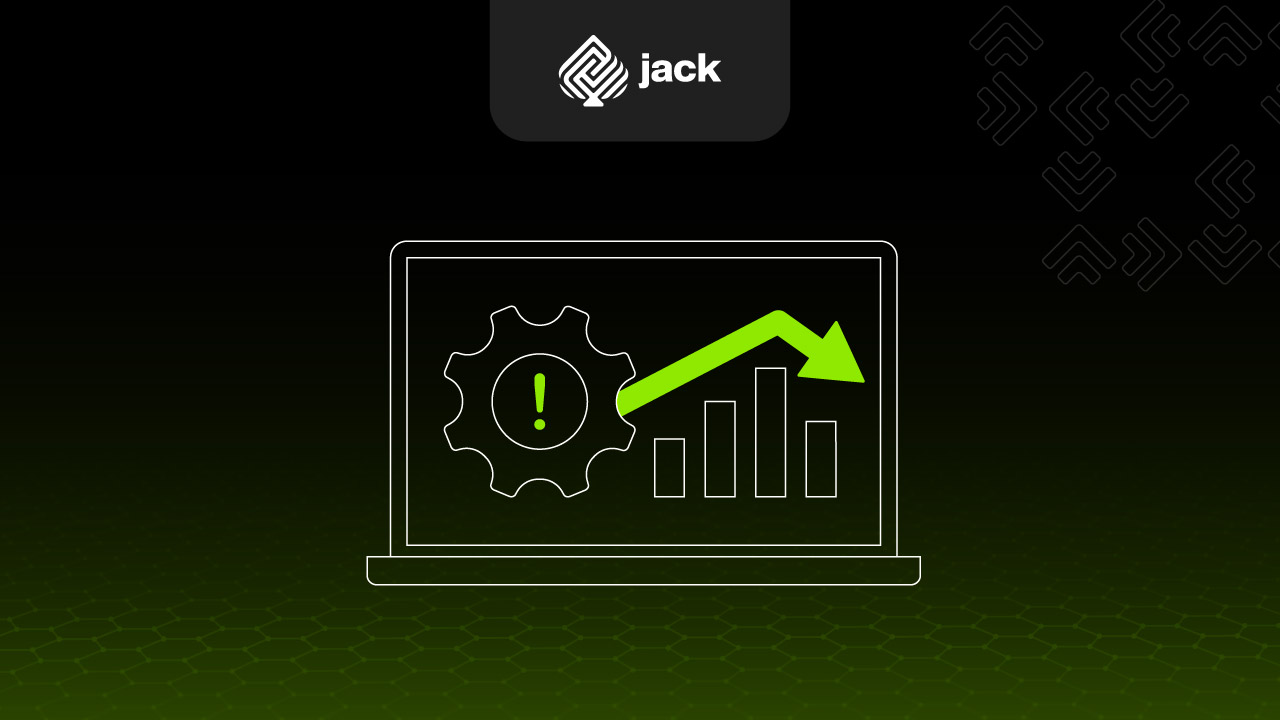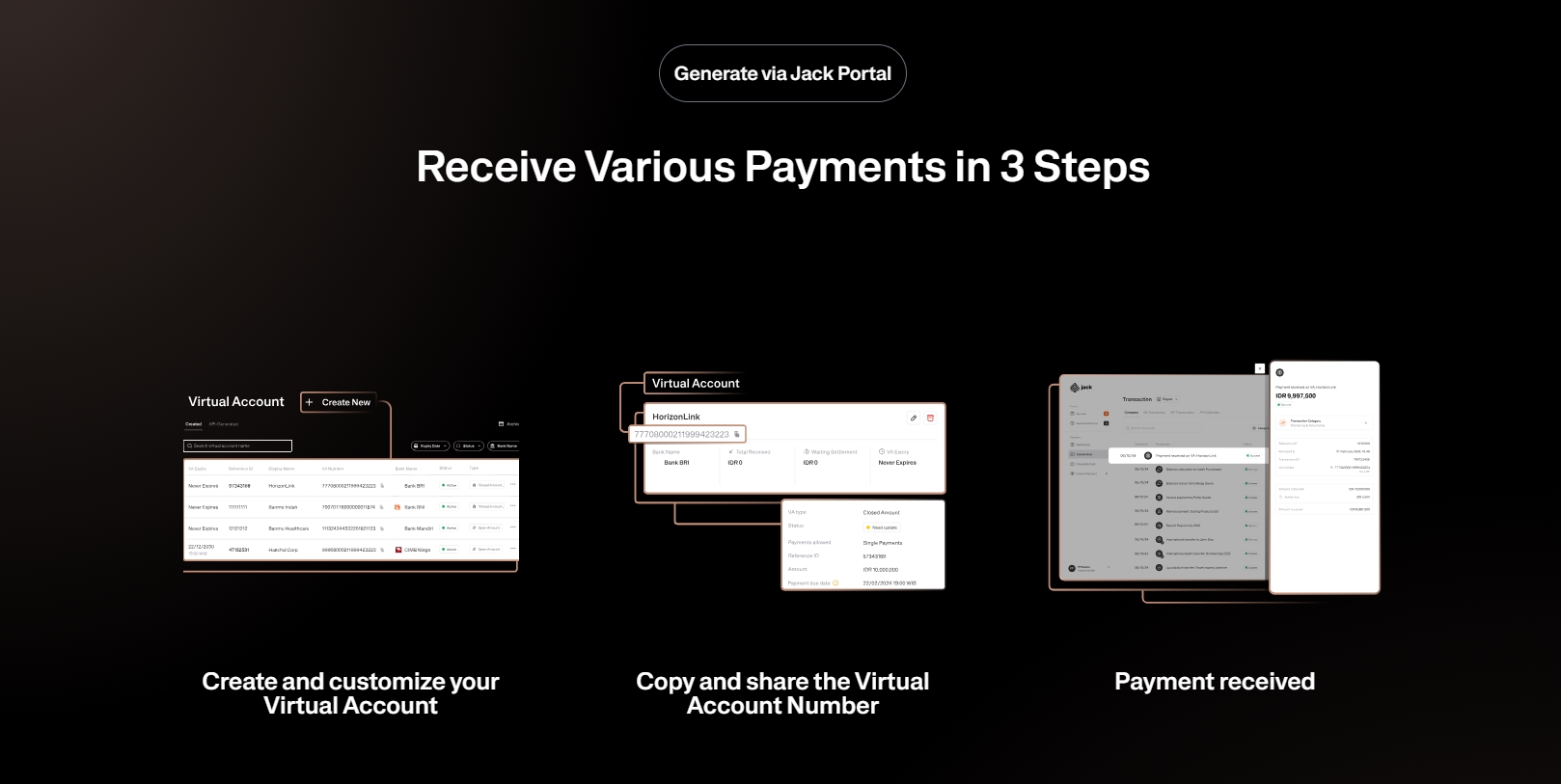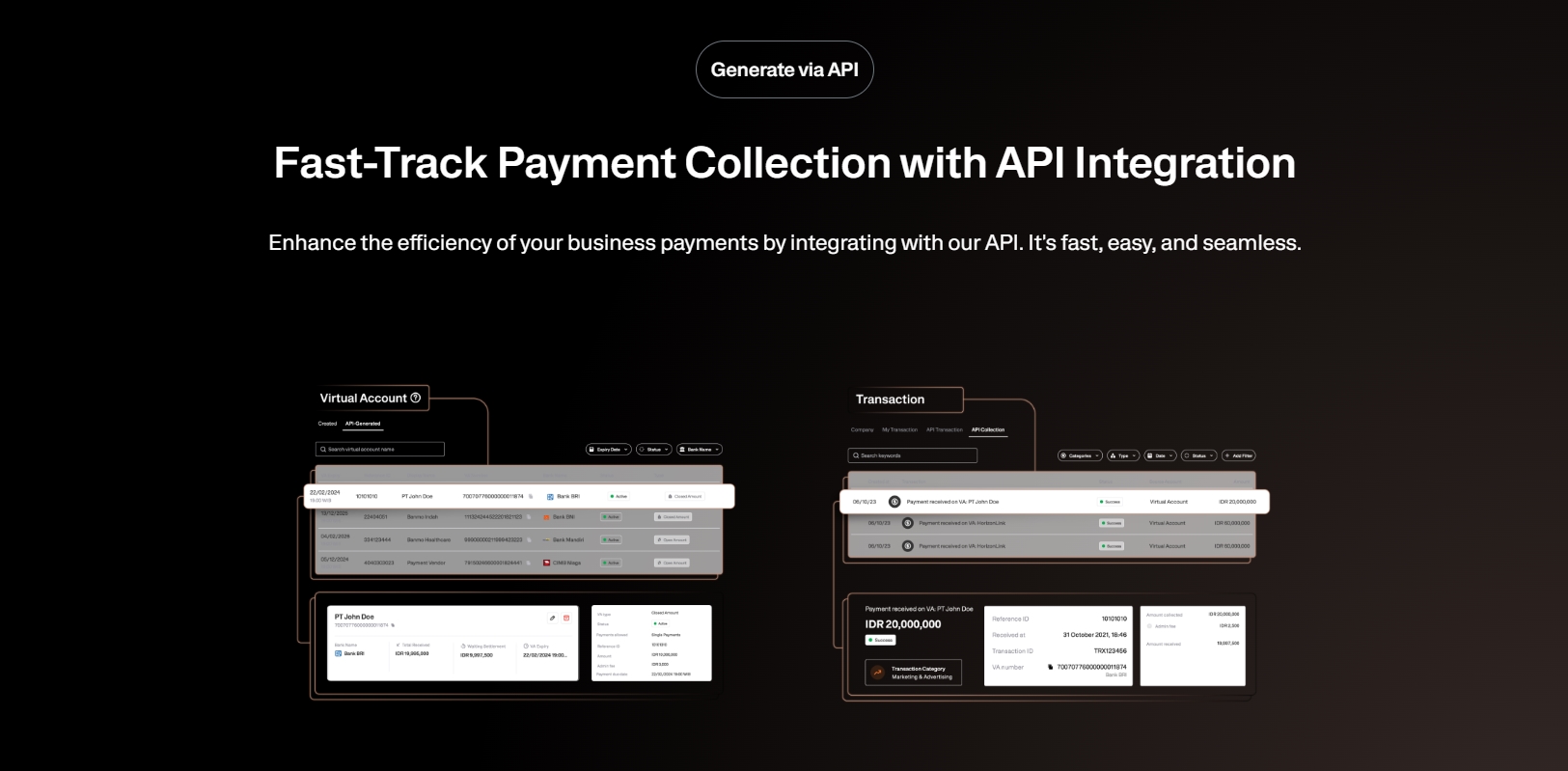Enterprise Risk Management (ERM) can help your company face uncertainties with the best strategies. It can even be the right solution for managing risks that may occur in the company. ERM is often referred to by its abbreviation.
Some people also call it by its meaning in Indonesian, which translates to enterprise risk management. This approach is a systematic and structured effort. It helps a company identify and assess risks.
See Also Corporate Credit Card: Definition, Types, Benefits, and How Cards Work for Startups
Moreover, through this risk management system, the company can also manage and monitor risks that can affect the company. This is crucial in achieving organizational goals as initially agreed upon.
ERM in its implementation not only focuses on risk avoidance but also on risk management to optimize the company’s value.
In an increasingly complex and dynamic business context, ERM has become an essential tool for companies. Its use aims to maintain sustainability and improve the company’s performance.
Goals and Benefits of Enterprise Risk Management

1. Protect and Enhance Company Value
ERM aims to maintain and enhance the company’s value by managing risks that can negatively impact the company’s assets and performance. This includes identifying potential risks that could be harmful and taking steps to mitigate or avoid these negative impacts.
2. Support Better Decision-Making
By providing insights into various risks and opportunities, ERM helps management make more informed and strategic decisions. Timely and accurate risk information allows management to take better actions in achieving organizational goals.
3. Improve Compliance and Reputation
ERM helps ensure that the company complies with applicable regulations and standards both locally and internationally. Good compliance not only prevents the company from legal sanctions but also enhances its reputation in the eyes of stakeholders.
4. Enhance Operational Efficiency
By identifying and managing operational risks, ERM can help companies reduce inefficiencies and unnecessary losses. Effective risk control can increase productivity and reduce operational costs.
5. Achieve Sustainability and Resilience
One of the main goals of ERM is to ensure that the company can endure in the long term despite facing uncertainties and significant changes. ERM helps companies become more resilient and quickly adapt to changes in the business environment.
6. Improve Financial Performance
By managing financial risks such as market fluctuations, credit, and liquidity, ERM helps companies achieve better financial stability. This enables companies to meet their financial targets more consistently.
7. Enhance Communication and Coordination
ERM promotes better communication between various parts of the organization. By improving coordination between different departments and functions, companies can ensure that all parts of the organization work towards the same goals with a unified understanding of risks.
8. Support Strategy and Innovation
ERM is not only about avoiding risks but also about identifying opportunities. With the right approach, ERM can help companies take measured and strategic risks to drive innovation and growth.
Challenges in Implementing Enterprise Risk Management

1. Organizational Complexity
Large companies with global operations often face difficulties in integrating ERM across all business units. Each business unit may have different risk characteristics, requiring a specific and flexible approach.
2. Management Commitment
The success of ERM heavily depends on the commitment and support from top management. Without this commitment, ERM implementation is often regarded as a secondary responsibility and does not receive adequate attention.
3. Risk Culture
Building a risk-aware culture throughout the organization requires significant time and effort. A strong risk culture means every member of the company understands the importance of risk management and actively participates in the process.
4. Changing Business Environment
Rapid changes in the business environment, including regulatory and market changes, can make it difficult to quickly update and adjust ERM strategies. Organizations need to continually monitor these changes and adjust their risk management strategies to remain relevant and effective.
5. Risk Identification and Assessment
Accurate risk identification and assessment are among the main challenges in ERM. Risks are often complex and not always easily identifiable. Additionally, assessing the impact and likelihood of risks can be challenging, especially if the necessary data is unavailable or incomplete.
6. Resource Limitations
Implementing ERM requires sufficient resources, including time, manpower, and costs. Resource limitations can be a barrier to developing and implementing effective risk management policies and procedures. Companies need to allocate enough resources to support the ERM program.
7. Integration with Business Processes
ERM must be integrated with daily business processes to be effective. However, integrating risk management with existing business processes often poses challenges. Changing business processes to accommodate risk management can cause resistance and require significant adjustments.
See the API Document from Jack Finance here
8. Technology and Information Systems
The proper use of technology and information systems is crucial in supporting ERM. Companies need to ensure that the information systems used can meet risk management needs and support appropriate decision-making.
Use Jack for your business needs
Enterprise Risk Management is an essential framework for companies, especially in facing all forms of uncertainty and business complexity in today’s modern era. With a structured and comprehensive approach, ERM can help companies identify and assess risks, thus enabling better management and monitoring to achieve organizational goals.









